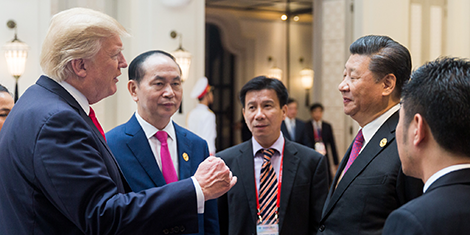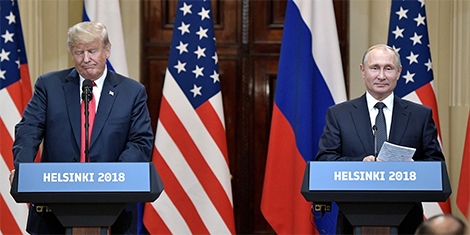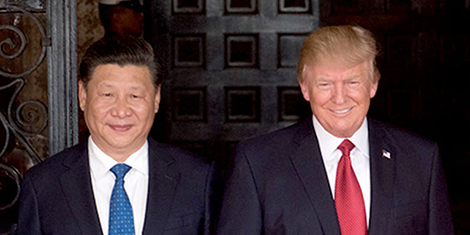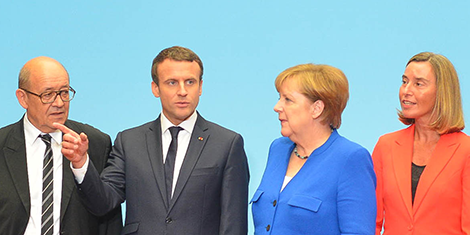
This article was originally published by Pacific Forum on 5 February 2019.
President Trump came into office with strong prior beliefs about the failure of US alliance policy and the need for allies to pay for US defense efforts on their behalf. Some feared that he presaged a rising isolationism among the American public that would support a president seeking to pull back from US commitments overseas. But Trump is failing to lay the groundwork for a new approach to the Indo-Pacific. Instead, the US is pursuing a two-track Asia policy, with Congress and the administration reading from different scripts. And the public is only on board with one of those approaches.




